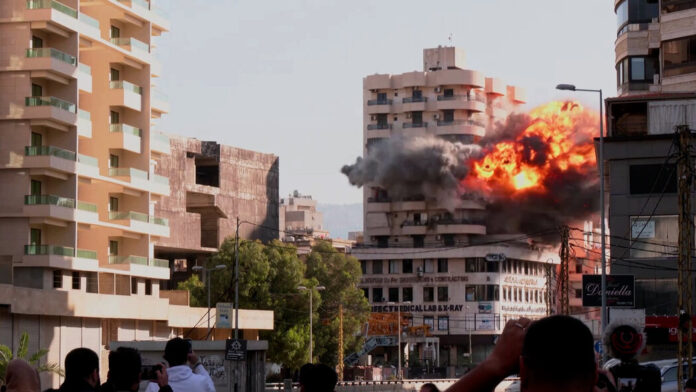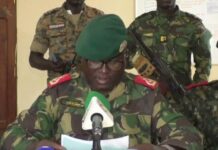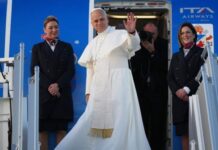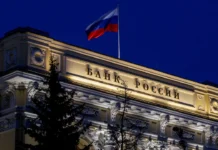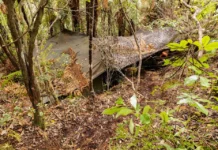An hour after an Israeli air strike hit a car in the southern Lebanese village of Froun, the scene was one of visceral destruction. Rescue workers had retrieved the body parts of the lone casualty—a man Israel later called a “Hezbollah terrorist.” For resident Mohamad Mokdad, who was cleaning debris and flesh from his veranda, the attack was a brutal reminder that a ceasefire declared a year ago has brought no peace.
“Who is going to help us?” Mokdad asked, his voice heavy with despondency. “I just want to live in peace. I don’t want parties,” he added, in a likely reference to the powerful Hezbollah, or “Party of God,” whose influence dominates the region.
This strike is not an isolated event. Despite the truce that ended a devastating 13-month war, Israeli bombing has continued almost daily. Israel says it is targeting a resurgent Hezbollah, but the campaign is shattering the sense of security in the militia’s heartland, where banners celebrating “martyrs of the resistance” hang from lamp-posts.
A Ceasefire in Name Only
The US and French-brokered ceasefire was supposed to de-escalate the conflict. It required Hezbollah to move its fighters north of the Litani River and mandated the deployment of the Lebanese army. A year on, this political solution remains elusive.
Instead, the Israeli military continues to occupy Lebanese hilltops and has expanded its strikes, even hitting Hezbollah’s chief of staff in a daring attack in a Beirut suburb. For the residents of villages like Froun, caught between a powerful militia and a relentless military, the truce has proven to be a hollow promise, leaving them to wonder when—or if—the violence will ever truly end.
By James Kisoo









